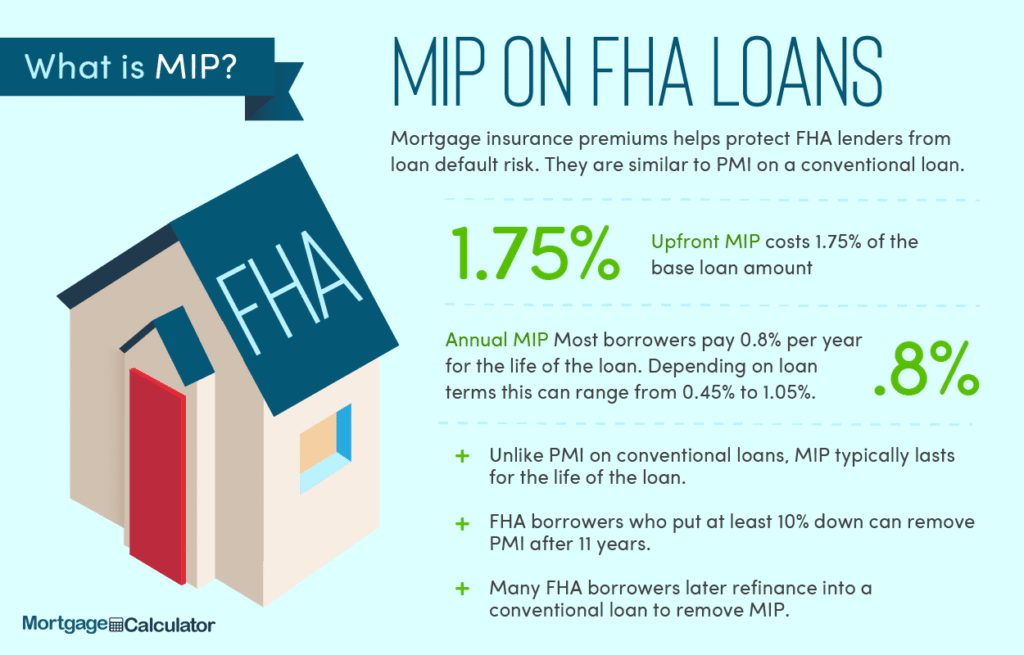When it comes to financial planning and investment management, one critical decision you’ll need to make is choosing the right financial advisor. One key aspect of this choice involves understanding how advisors are compensated, which can significantly affect the advice and services you receive. The three main compensation models are fee-only, fee-based, and commission-based. In this post, we will explore each of these models, their pros and cons, and help you decide which type of advisor is right for you.
Introduction to Financial Advisor Compensation
Financial advisors can be compensated in several ways, which can broadly be categorized into fee-only, fee-based, and commission. Understanding the differences between these models is fundamental to making an informed decision when selecting a financial advisor. Each model has its unique characteristics that can influence an advisor’s recommendations and your overall investment experience.

What is a Fee-Only Advisor?
Fee-only advisors are compensated directly by their clients and do not receive any commissions from selling products. This model is often lauded for its transparency and alignment of interests between the advisor and client. Fee-only advisors may charge a flat fee, an hourly rate, or a percentage of assets under management (AUM).
Benefits of Working with a Fee-Only Advisor
Working with a fee-only advisor can provide several benefits, including unbiased advice, transparency in fees, and a focus on financial planning and investment management without the influence of selling financial products.
Drawbacks of Fee-Only Advisors
While fee-only advisors offer transparency and align interests with their clients, they might be more expensive than other types of advisors and may require a minimum asset level, which could exclude some potential clients.
What is a Fee-Based Advisor?
Fee-based advisors receive a combination of fees paid by the client and commissions from selling financial products. This model can create potential conflicts of interest, as the advisor’s recommendations might be influenced by the commissions they stand to earn.
Benefits of Working with a Fee-Based Advisor
The fee-based model offers a combination of straightforward fee structures for advice, along with the ability to purchase products directly through the advisor. This setup can be convenient for clients looking for a one-stop-shop for advice and product purchases.
Drawbacks of Fee-Based Advisors
The potential for conflicts of interest is a significant drawback of the fee-based model. Even though these advisors can provide comprehensive services, the dual revenue stream may skew their product recommendations.
What is a Commission-Based Advisor?
Commission-based advisors earn their income solely through commissions on the products they sell. This model can significantly influence the advisor’s recommendations, as they may be incentivized to recommend products that offer higher commissions.
Benefits of Working with a Commission-Based Advisor
Commission-based advisors may be more accessible to clients who are just starting out or have smaller amounts to invest, as they typically do not charge direct fees for advice.
Drawbacks of Commission-Based Advisors
The primary drawback of working with commission-based advisors is the inherent conflict of interest in recommending products that might not be in the client’s best interest but offer higher commissions to the advisor.
Which Advisor Model is Right for You?
Choosing the right advisor depends on your individual financial situation, preferences, and investment goals. Consider your budget for financial advice, your need for product purchases, and your comfort level with potential conflicts of interest.
Understanding Advisor Credentials and Regulations
Regardless of the compensation model, it’s essential to understand an advisor’s credentials, experience, and the regulatory environment in which they operate. This understanding can help you choose an advisor who is well-equipped to meet your financial needs.
Questions to Ask Potential Advisors
When interviewing potential advisors, ask about their compensation model, experience, investment philosophy, and how they handle conflicts of interest. This information will help you make an informed decision.
Conclusion
Choosing between a fee-only, fee-based, and commission-based financial advisor is a significant decision that can impact your financial future. By understanding the differences between these compensation models, you can choose an advisor who aligns with your financial goals and preferences.
Frequently Asked Questions
What is the main difference between fee-only and fee-based advisors? Fee-only advisors are compensated solely by their clients without earning commissions from financial products, while fee-based advisors can receive both fees from clients and commissions from product sales.
Are commission-based advisors less trustworthy? Not necessarily, but the commission model does create potential conflicts of interest, making it important to carefully evaluate the advisor’s recommendations.
Can I negotiate fees with my financial advisor? Yes, fees are often negotiable, especially with fee-only and fee-based advisors. Be upfront about your budget and financial needs to find a mutually agreeable fee structure.
How do I check an advisor’s credentials? You can verify an advisor’s credentials and disciplinary history through regulatory bodies like the SEC or FINRA.
Is it worth paying for a financial advisor? Investing in a financial advisor can be valuable, especially if you’re navigating complex financial situations or need guidance in creating a long-term financial plan.


